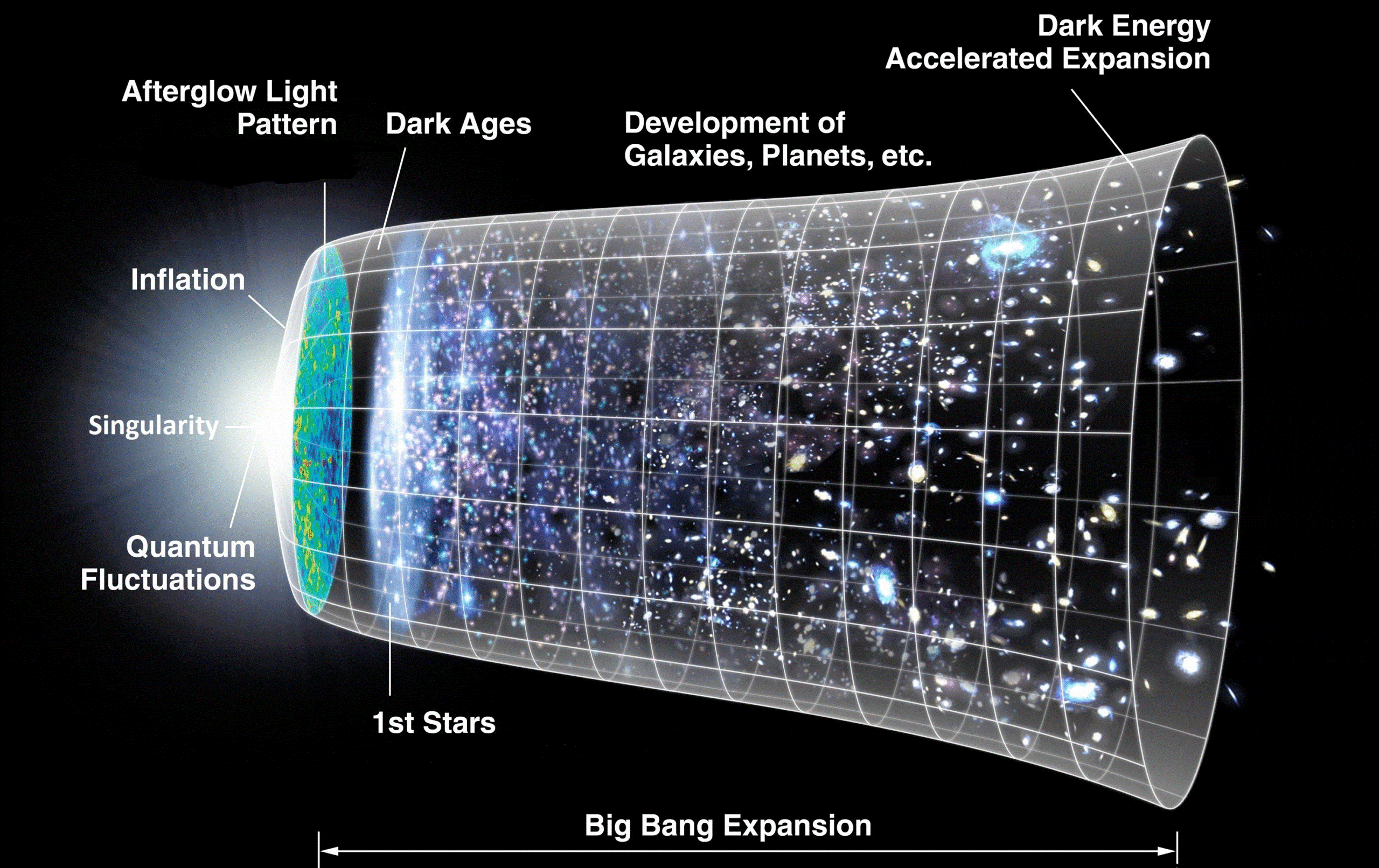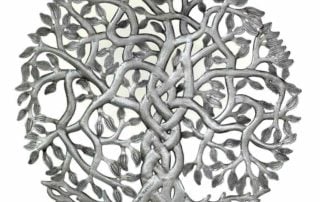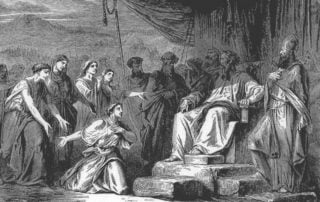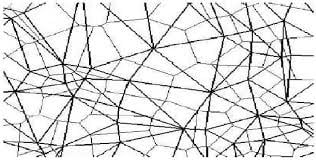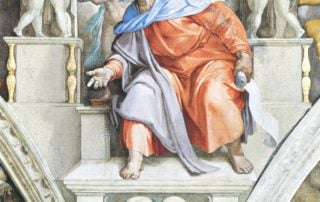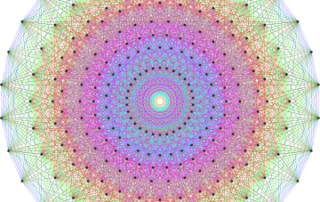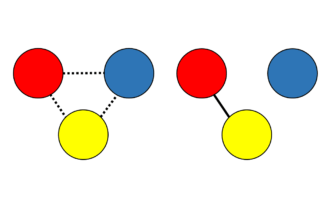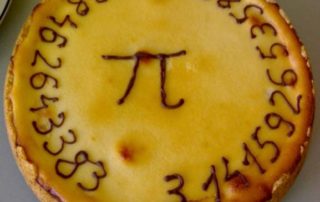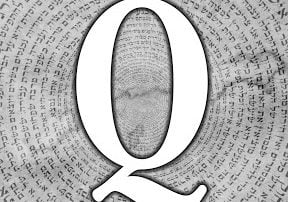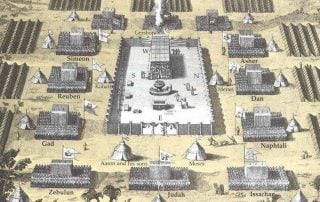It Is Not Good For Man To Be Alone
And the Eternal G‑d said: “It is not good that the man should be alone; I will make him a helpmate opposite him.” (Genesis 2:18) The end of this verse is rather puzzling. Why would the woman designated as a helpmate for Adam be opposite (literally “against”) him? One can perhaps soften things by translating the Hebrew eizer kenegdo as “counterpart.” However, in a literal translation, the question remains. A simple explanation is well known: if a man is worthy, his wife would be his best friend, ally, partner, companion, and helpmate. If the man is not worthy, however, his wife would be his opponent and antagonist. An esoteric interpretation offered by Rabbi Shneur Zalman of Liadi, in his commentary on this verse in “Torah Ohr,”[1] provides a deeper meaning. He writes [...]


